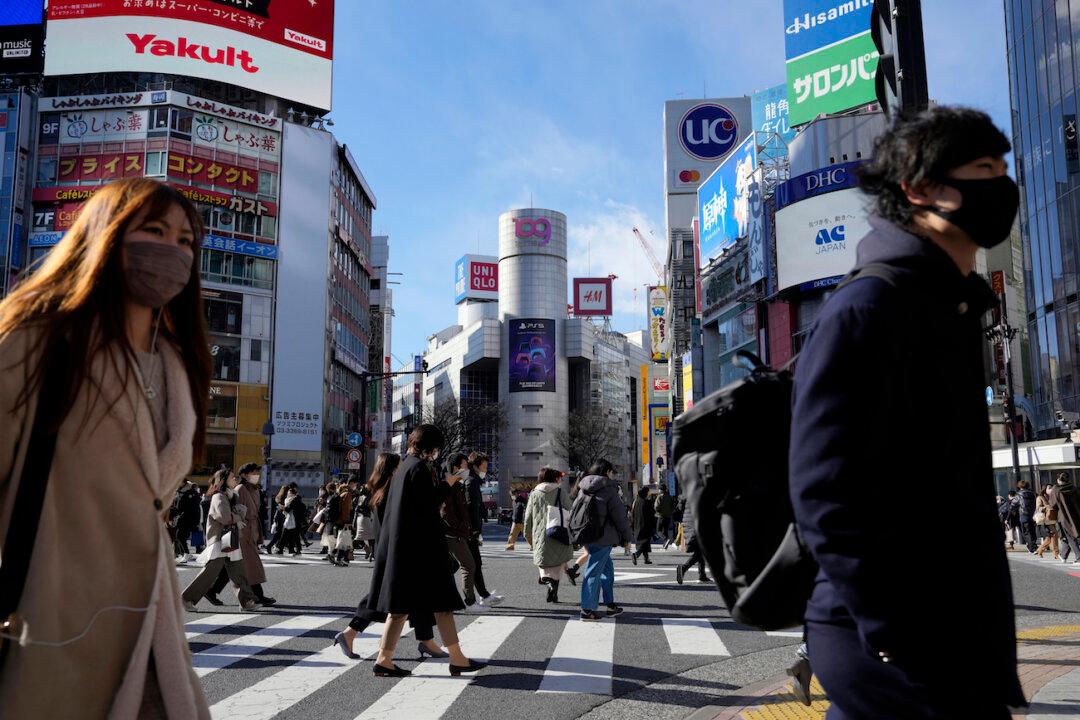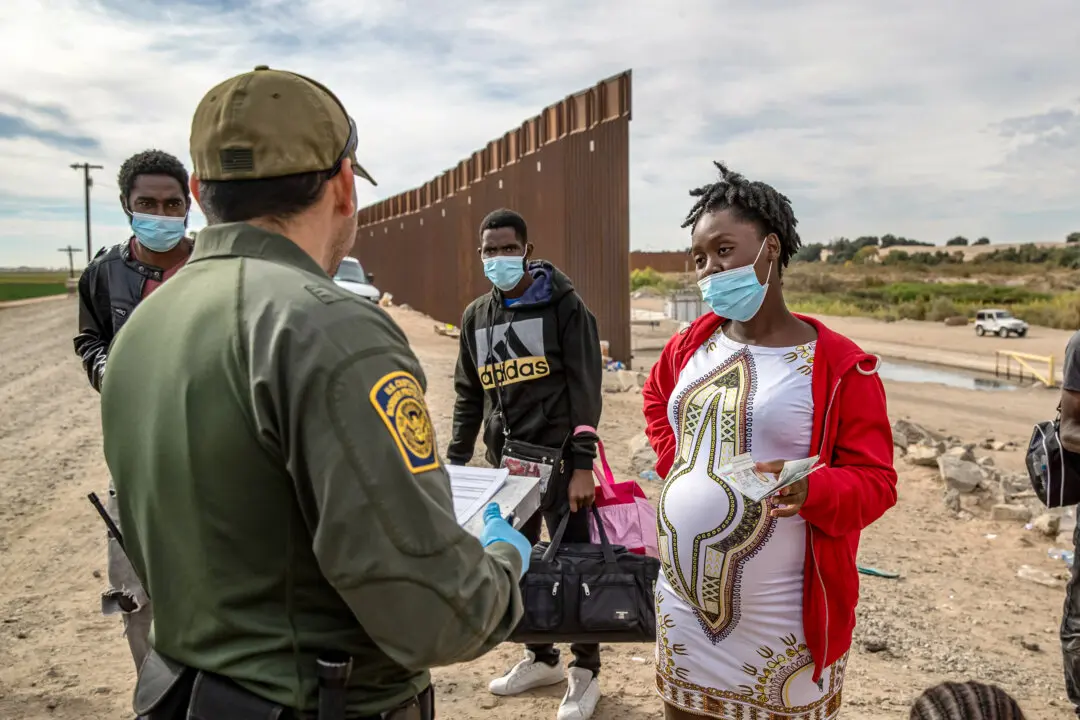The Japanese government on Wednesday expanded quasi-emergency measures to 13 more prefectures, including Tokyo, in a bid to contain the rapid spread of the coronavirus fueled by the highly transmissible Omicron variant.
The restrictions initially imposed in only three regions–Okinawa, Yamaguchi, and Hiroshima–took effect on Friday until Feb. 13. Governors are allowed to shorten business hours and limit the serving of alcohol in the prefectures.





